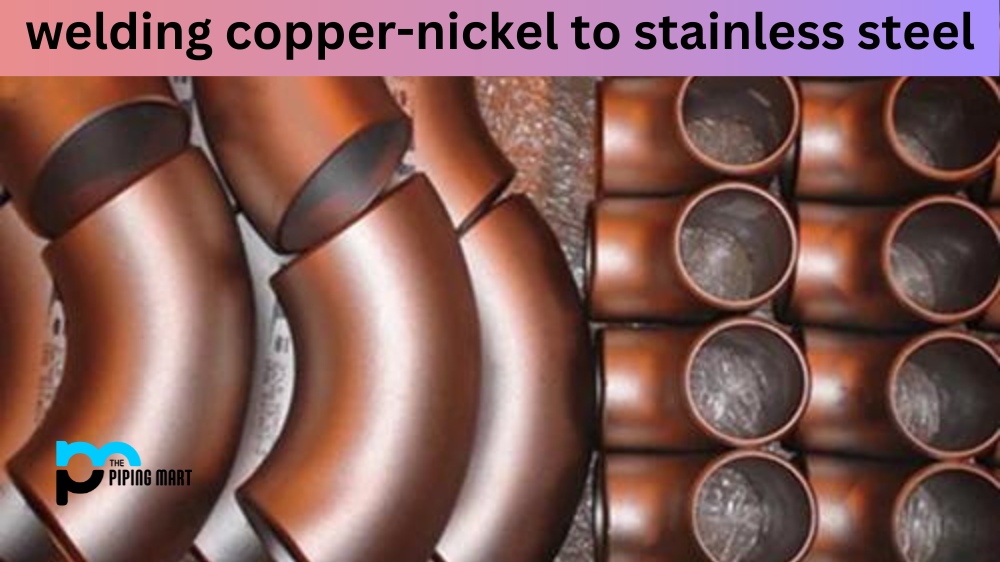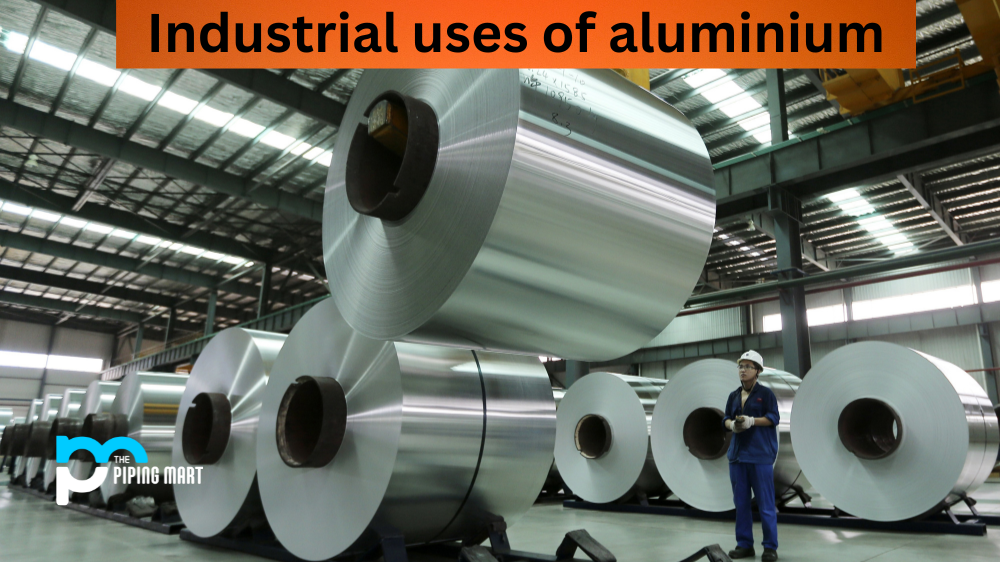Joining two different metals together is an important part of many welding projects. Copper nickel and stainless steel are two common materials that need to be joined, so it’s important to know the best way to go about doing this. In this blog post, we’ll discuss the best method for welding copper-nickel to stainless steel.
The first step in welding copper-nickel to stainless steel is preparation. Before you begin welding, you need to make sure that the surfaces of both metals are clean and free from dirt or debris. This will help ensure a strong bond between the two materials. Additionally, it is important that you use the correct type of filler metal for your project; copper, nickel, and stainless steel have different melting points and require different types of filler metal in order to create a strong bond.
Once you’ve prepared the surfaces and chosen the right filler metal, it’s time to start welding! When welding copper, nickel, and stainless steel together, it is important that you use slow movements with a low current setting on your welder. This will help ensure that the temperature remains consistent throughout the process, preventing any overheating or warping of either material. Additionally, it’s important that your welds overlap slightly in order to create a strong bond between them; while overlapping welds may look unsightly, they are necessary for creating a strong bond between these two materials. It’s also important that you take frequent breaks during your welding process in order to avoid fatigue and maintain accuracy with each pass.
Finally, after your welds have cooled down completely, it is important that you inspect them for any signs of cracking or other flaws. If any issues are found, it is important that they be fixed immediately in order to prevent further damage from occurring. Additionally, if there are any gaps between the welds, then these should also be filled in with additional filler material before proceeding with any further work on your project.
Conclusion:
Welding copper, nickel, and stainless steel can be tricky due to their different melting points and properties; however, by following proper techniques and using quality filler metals, you can ensure a successful weld every time! It’s crucial that you clean both surfaces before beginning, as well as use slow movements with a low current setting on your welder while ensuring your welds overlap slightly; this will help guarantee a secure connection between these two materials when finished! Finally, don’t forget to check over your work once cooled down for any cracks or gaps before continuing on with your project! With these tips in mind, professional welders should find success when joining copper, nickel, and stainless steel together!

Meet Bhavesh, a seasoned blogger with a wealth of knowledge and experience. From metal products manufacturing to retail, Bhavesh has a diverse background in various industries and is dedicated to sharing his insights and expertise with readers.




